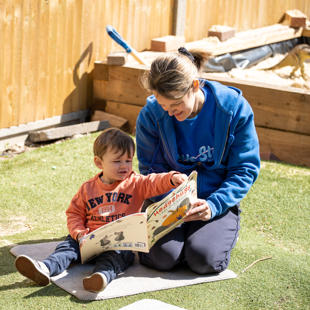Children develop their speech, language and communication skills at different rates.
In this section you will find advice, activities and general resources to help with the development of children and young people's speech, language and communication skills.
Every child a talker
Checklists and resources to help with language development.
Birth - 12 Months Extended Monitoring Tool (May 2011)277KB–pdf
Size: 277KBFile format: pdf
ECAT Monitoring Tool (Revised Nov 2018)121KB–pdf
Size: 121KBFile format: pdf




